8 Types of MVPs Every Startup Founder Must Know — And When to Use Them
Validate Your Startup Idea with the Right MVP at the Right Time

In the startup world, building fast and learning faster is the name of the game. The best founders don’t wait for a perfect product—they launch early, validate quickly, and improve continuously. The smartest way to do that? A Minimum Viable Product (MVP).
But here’s the catch: not all MVPs are built the same.
Depending on your industry, audience, resources, and product stage, a different MVP strategy may be better suited to test your assumptions and avoid costly missteps.
In this post, we’ll break down the 8 essential types of MVPs every founder must know, when to use each one, and real-world examples that prove their effectiveness.
What Is an MVP Exactly ?

- Minimum Viable Product (MVP) creation is a lean startup method for creating the most basic form of a product that provides central functionality to initial users.
- It’s designed with just enough features to solve a specific problem, allowing real users to interact with the product and provide valuable feedback.
- The main objective of an MVP is to test hypotheses related to the product, market, and users as quickly and inexpensively as possible—before heavily investing in full development.
- 42%-50% of the startups fail due to lack of market need (CB Insights).VP development values speed, learning, and iteration more than perfection.
- MVP development can slash the time-to-market by 30–50% versus full product builds.
- 60%-70% of successful start-ups start with MVP testing to receive early user input.
What MVP Development Includes
- Core Problem Definition: Identify the most important pain point your product addresses.
- Essential Features Only: Build only the must-have features required to deliver the core value.
- Target Early Adopters: Launch to a small, defined audience willing to try new solutions and provide honest feedback.
- Rapid Feedback Loop: Collect user responses, track usage data, and iterate quickly based on insights.
- Continuous Improvement: Use the learning to improve the product, fix issues, and plan future updates.
Benefits of MVP Development
- Validates Market Demand: Confirms that real users need and want the product.
- Saves Time and Money: Prevents overbuilding a product nobody needs.
- Reduces Risk: Identifies flaws or false assumptions early in the process.
- Attracts Investors: A working MVP with traction builds credibility for funding.
- Enables Faster Time to Market: Launching earlier gives a competitive edge.
8 Types of MVP (Minimum Viable Product) Development
- Landing Page MVP
- Explainer Video MVP
- Wizard of Oz MVP
- Concierge MVP
- Single-Feature MVP
- Piecemeal MVP
- Crowdfunding MVP
- Prototype MVP
1. Landing Page MVP
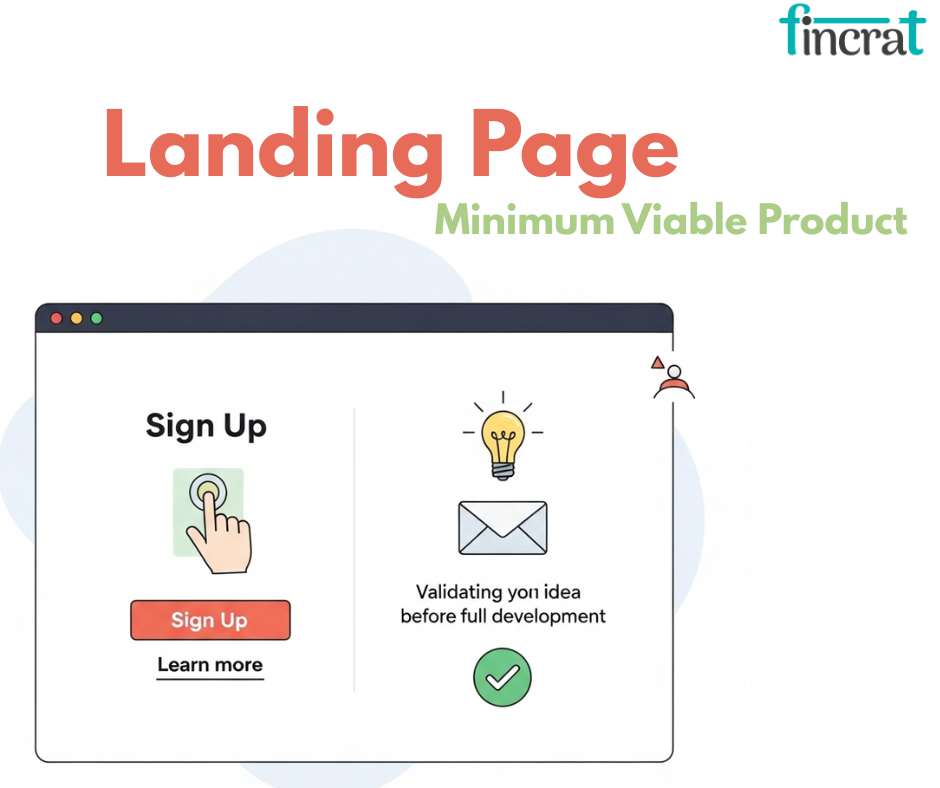
- Landing page MVP is among the most straightforward and quickest means of testing a startup concept.
- It entails building an individual web page summarizing the main benefits and features of the product, frequently with a call to action.
- It doesn't have a working product but serves to gauge user interest via engagement metrics like clicks, signups, or time spent on the page.
- If individuals are willing to provide their email or agree to early access, it's a great indicator of initial demand.
- Real Example:
- Buffer used a landing page MVP to test pricing interest before building their social scheduling tool. They added pricing options and used signups to validate demand and refine features.
2. Explainer Video MVP
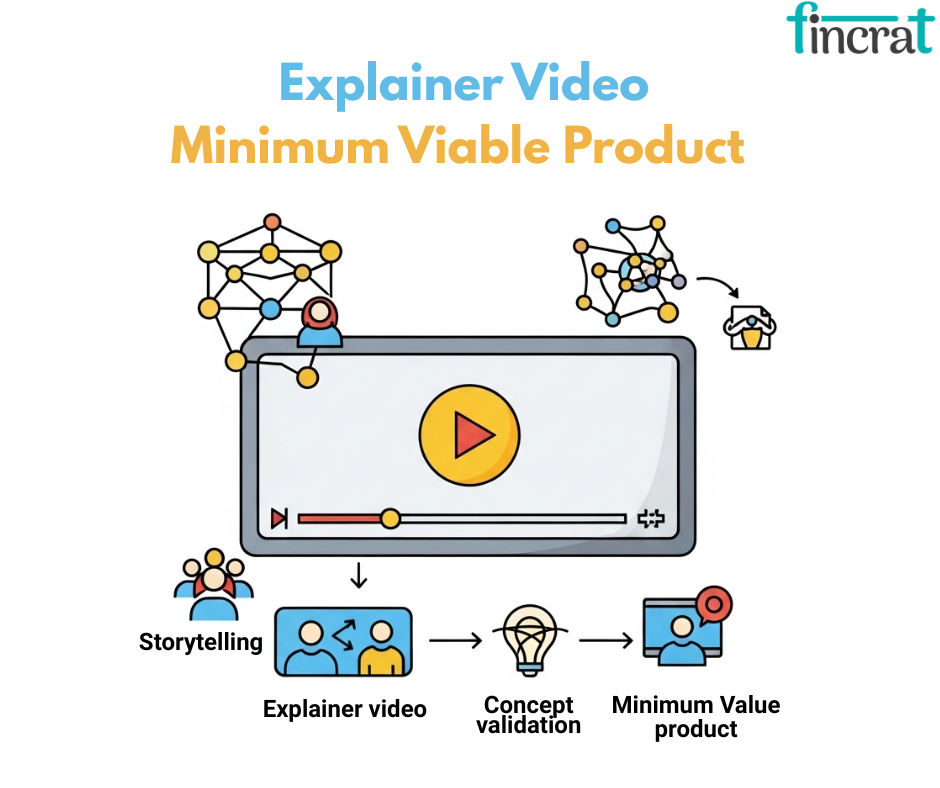
- This MVP utilizes a brief video to graphically illustrate how the product will function—before it even exists.
- The objective is to try out if there are people who would use the product and if they see value in the concept. Dropbox notoriously employed this strategy with a 3-minute demo video, which resulted in more than 75,000 registrations in an overnight period, proving demand before the first line of code was written.
- Real Example:
- Dropbox launched with a 3-minute explainer video showing how file syncing would work. The result? Over 75,000 signups in one night—before any backend was live.
3. Wizard of Oz MVP
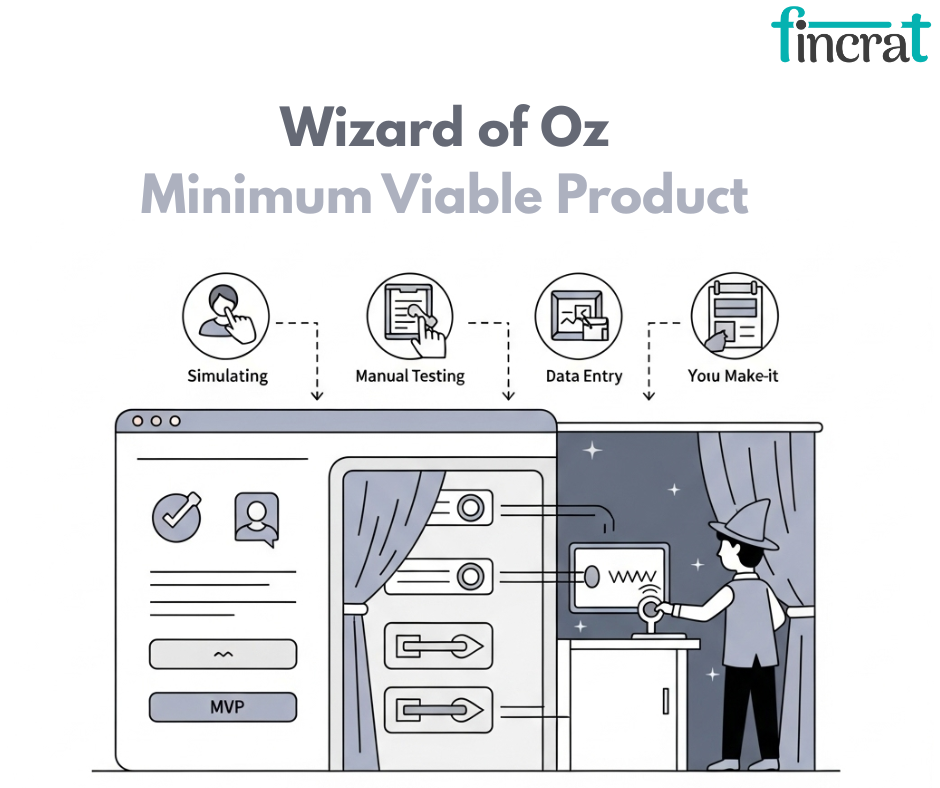
- Wizard of Oz MVP provides the look of a complete product, but the backend processes are performed manually.
- This is done so that you can analyze the user experience and interface without delaying the expense and effort of creating real automation.
- Users perceive the product to be operating on its own, but secretly, an individual is facilitating it.
- This aids in confirming demand and usability without significant development.
- Real Example:
- Zappos started by posting shoe photos online. Founder Nick Swinmurn bought shoes from stores after receiving orders, testing if people would buy shoes online—without having inventory.
4. Concierge MVP
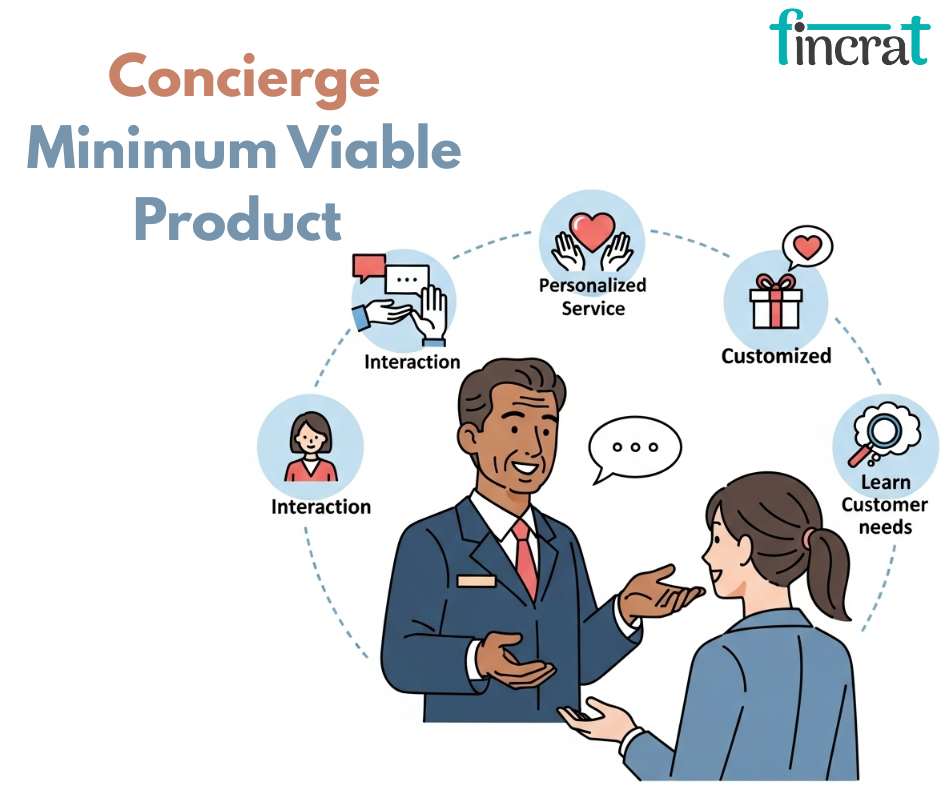
- In a Concierge MVP, the founder or team provides the solution or service manually to a small number of early users.
- Unlike the Wizard of Oz MVP, the user is aware that it's being provided manually.
- This makes it possible for deep learning and one-on-one engagement with customers, which refines the value proposition and builds a better eventual automated product.
- Wealthfront, for instance, started out with providing tailored financial guidance manually before creating their robo-advisory service.
- Real Example:
- Wealthfront started by manually offering financial advice before automating it through algorithms. They validated their model while building trust with early adopters.
5. Single-Feature MVP

- This category is all about developing and validating a single key feature—the one that addresses the root issue to your audience. By constraining scope, you can ship fast, receive feedback, and prevent bloat.
- If people find value in the single feature, it is a good sign that the entire product has potential.
- Twitter began as a basic status-sharing platform with a single fundamental action—posting updates.
- Real Example:
- Twitter started as a microblogging tool to post status updates. Just one feature: tweeting. That single function proved valuable enough to grow into a global platform.
6. Piecemeal MVP
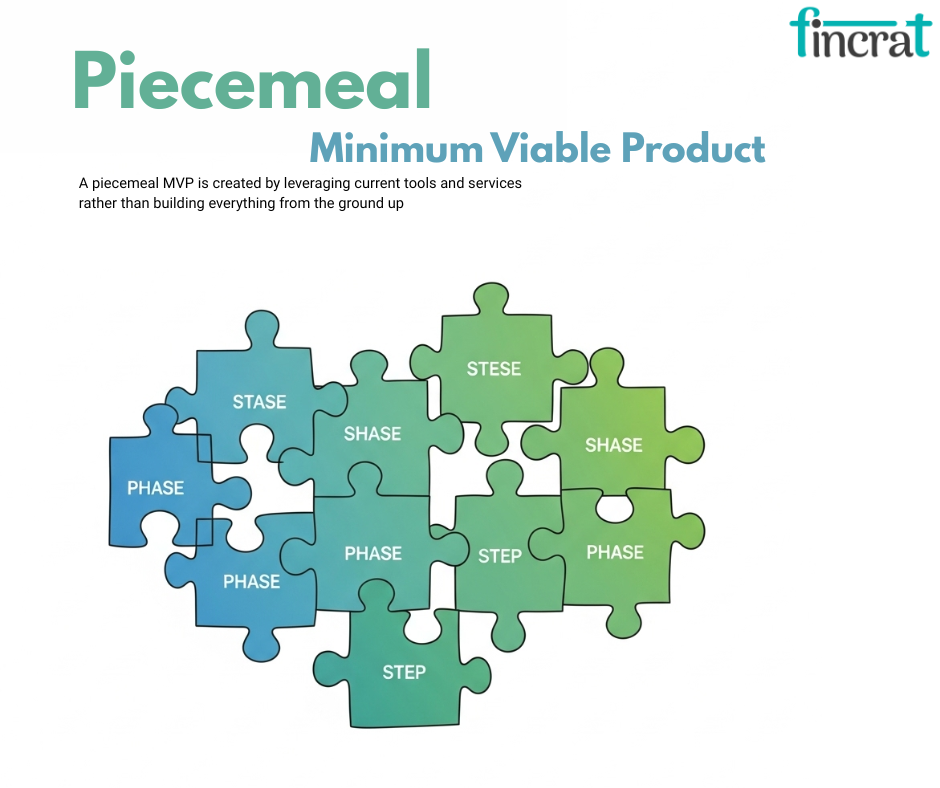
- A piecemeal MVP is created by leveraging current tools and services rather than building everything from the ground up.
- Founders use platforms such as Google Sheets, Zapier, Typeform, or Notion to provide the feel of a functioning product.
- This significantly reduces development time and expense, allowing it to test workflows and customer engagement without coding or infrastructure investment.
- Real Example:
- Many founders simulate SaaS products with Airtable + Zapier + Webflow before investing in development. It’s common in early-stage no-code MVPs.
7. Crowdfunding MVP

- This MVP strategy employs sites such as Kickstarter or Indiegogo in order to prove demand and pre-order prior to creating the actual product.
- A successful campaign indicates that there are individuals who will pay for the product, which demonstrates interest and viability.
- It also raises capital while at the same time building a base of early adopters.
- Pebble Watch is a well-known instance, raising $10 million before a single unit was shipped.
- Real Example:
- Pebble Watch used a Kickstarter MVP to raise over $10 million before shipping a single unit—proof of massive market demand.
8. Prototype MVP
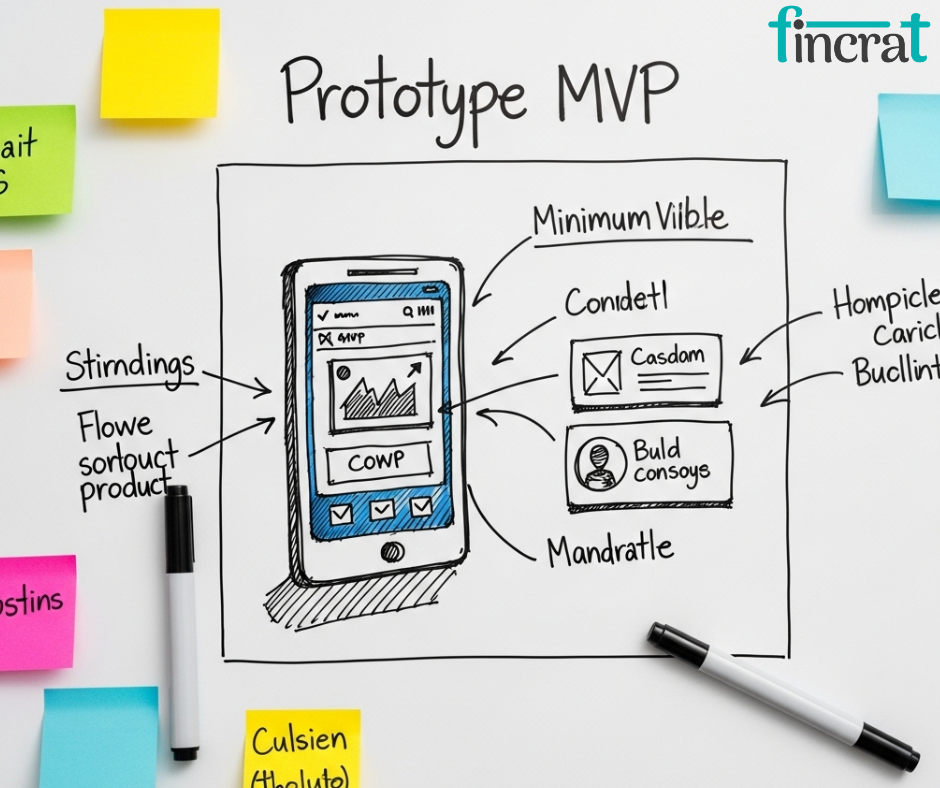
- A prototype MVP is an interactive, visual representation of the product created with design tools such as Figma, InVision, or Adobe XD.
- While it's not real software, it is used to test user flow, navigation, and product logic.
- Startups apply it to receive usability feedback prior to full development.
- It's best for early-stage idea validation, particularly in design-driven products.
- Real Example:
- Many SaaS startups test product logic using interactive prototypes before hiring developers—saving months of build time.
Final Thoughts: Choose Smart, Learn Fast, Scale Wisely
The goal of an MVP isn’t to impress—it’s to learn. Whether you’re testing demand, usability, monetization, or user behavior, picking the right MVP type is the smartest move a founder can make.
Before you spend months building your product, ask:
“What’s the least I can build to learn the most about my idea?”
Once you have your answer—build that MVP, test it in the real world, and use the data to evolve the speed, insight, and adaptability beat perfection every time.

